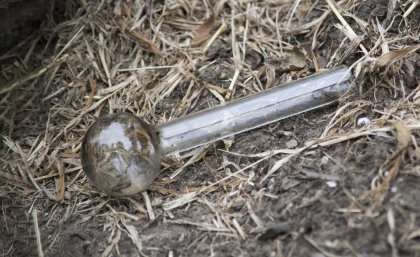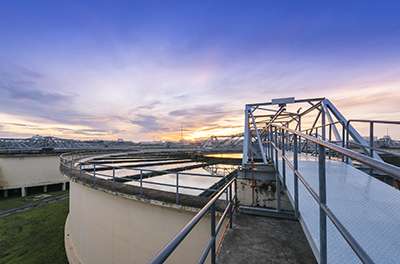Regional Australia faces more drug problems than meth alone

A high use of methylamphetamine and prescription medications is a problem for regional Australia, according to an Australian Criminal Intelligence Commission (ACIC) report designed to combat illicit drugs.
The Queensland Alliance for Environmental Health Sciences (QAEHS), a University of Queensland research centre, led the first of nine National Wastewater Drug Monitoring Program reports.
Professor Jochen Mueller said the program, conducted in conjunction with the University of South Australia, analysed wastewater from 51 sites, accounting for 58 per cent of Australia's population.
"Methylamphetamine is described by ACIC as an 'illicit drug of disproportionate harm', hence a particular focus on its consumption," Professor Mueller said.
"Higher than national average levels of meth were consumed in Western Australia and South Australia, while regional Queensland, Victoria and Tasmania also returned high levels.
"Use of prescription medications fentanyl and oxycodone across all jurisdictions has been increasing, particularly in regional Queensland, but is still detected at a much lower level than meth."
UQ Professor Wayne Hall, from the Centre for Youth Substance Abuse Research (CYSAR), was another contributor to the wastewater research.
He said while alcohol and tobacco were the highest consumed drugs in all states and territories, methylamphetamine was the most commonly consumed illicit drug tested across all Australian regions. Cannabis was not among the substances tested for.

Past wastewater research showed the levels of methylamphetamine in Queensland and South Australia increased rapidly for at least the last five years.
"Data from the monitoring program will be used to identify areas of the country where appropriate responses can be taken, including targeted prevention and treatment programs," Professor Hall said.
"There were 13 substances in total that we tested for, and I anticipate the results for each of those will play a significant role in shaping regional and national policy over coming years."
Urbanised New South Wales recorded the highest levels of cocaine consumption in the country, while the Australian Capital Territory and urban Northern Territory also had high cocaine readings.
Rural NT recorded the lowest levels of all participating regions for cocaine usage, but NT as a whole had considerably higher levels of alcohol and tobacco use.
Comparisons with levels in European countries where similar studies have been conducted found Australia ranked second of 18 nations for estimated illicit drug consumption per capita.
This was predominantly because of the high levels of methylamphetamine recorded, which far exceeded that in every EU country apart from Slovakia.
Measured against the same countries, Australia had the fourth highest per capita return for MDMA (ecstasy) and the 14th highest per capita return for cocaine.
QAEHS director Professor Kevin Thomas, who has led the European monitoring program since 2011, said: "It is very encouraging that Australia is the first country to implement a national wastewater drug monitoring program and at such a scale. This will hopefully motivate to others to follow suit."


















